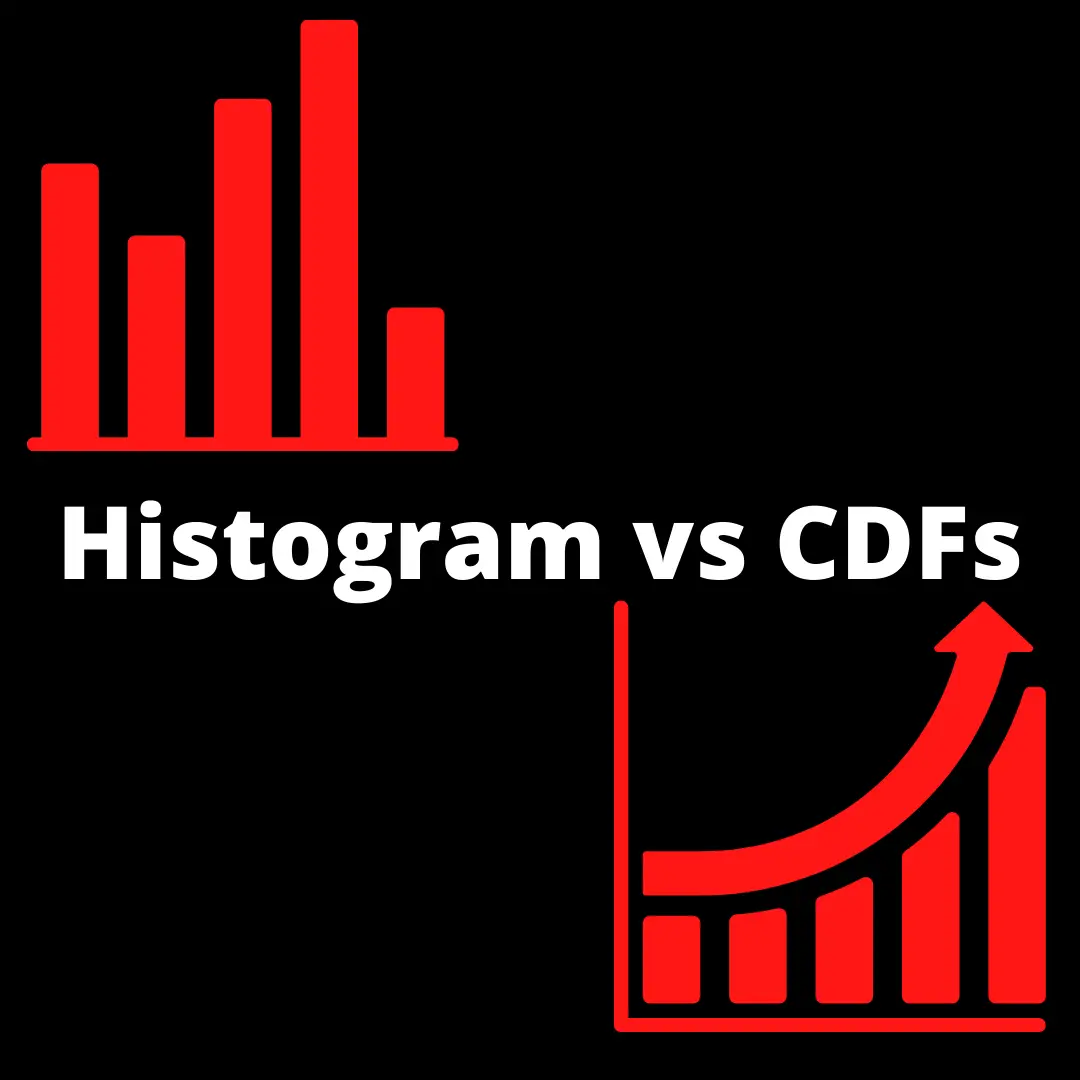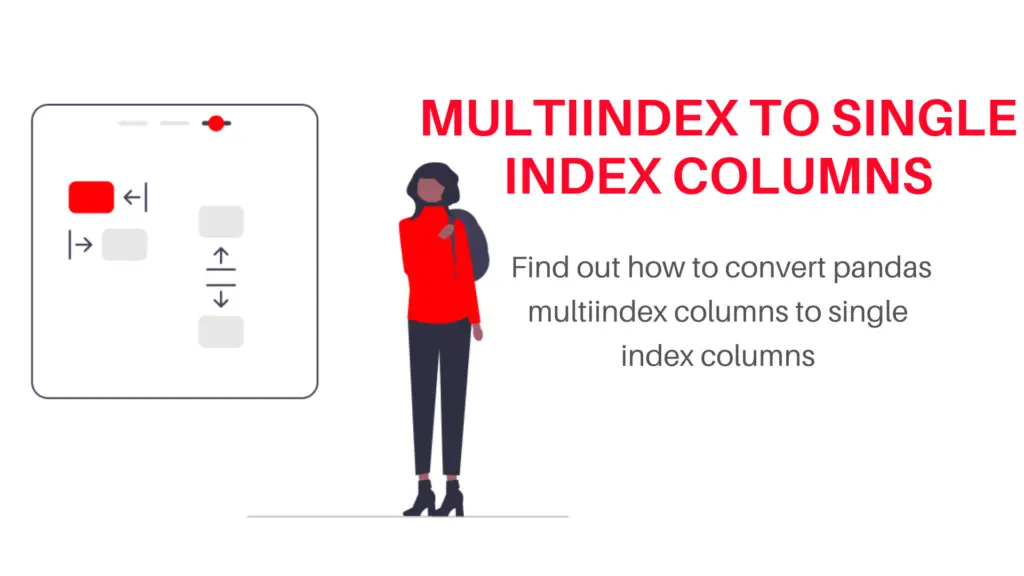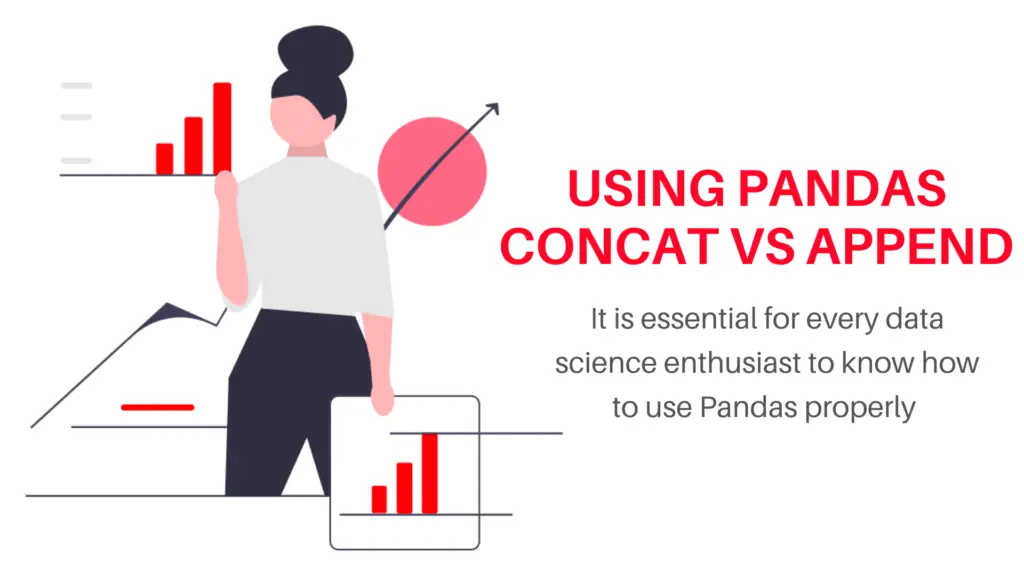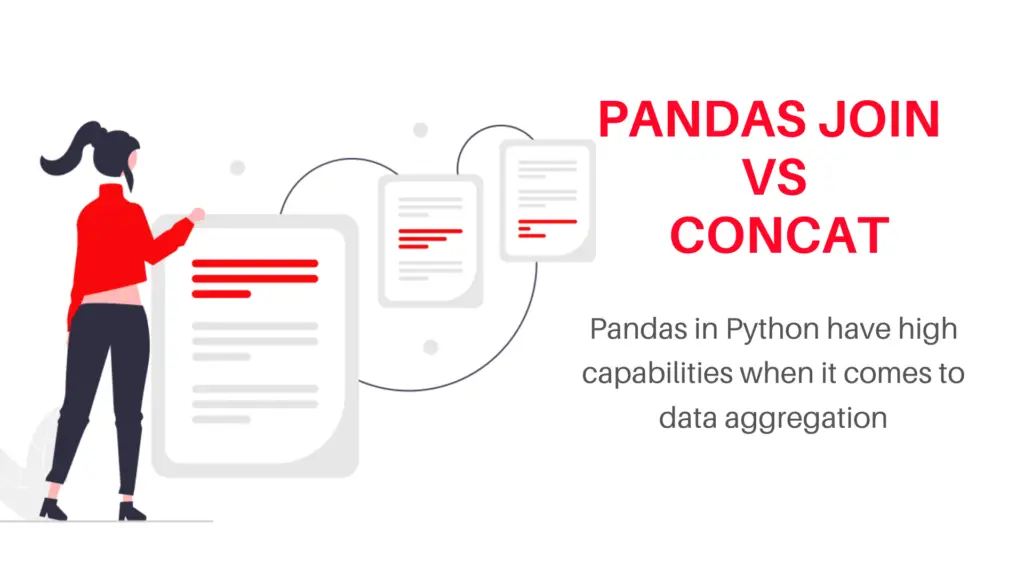When you work on the statistical analysis of your data, you end up working on different graphs that you use to identify more information from the raw data. In this article, you’ll see how simply you can notice the differences between Histogram and CDF. The Histogram and CDFs are two such graphs that help you statistically understand your data more. Knowing when to use the CDF and Histogram will help you make better reports and better analyses which will eventually lead to better results.
The idea is to know when to use which graph to derive the most of our data. In this article, we’ll go over the differences between Histogram and CDF and understand when to use which graph.
Also read, Bokeh vs Plotly: Which one is better in 2022?
Difference between histogram and CDFs:

What is a Histogram?
When your data has a class interval and a Frequency, that can be said… the number of chips sold. The group-wise differentiation of frequencies will help you understand where the majority of your data lies. A bar graph is good for such data with frequencies where distinct values are given i.e. variables that are not continuous. The differences between histogram and CDF are almost visible to the naked eye.
In a histogram, a simple difference from the bar graph is that the values are continuous and the X-axis generally represents the classes and the Y-axis represents the values. The values fall in each bracket as they occur. Another example can be the number of people of different ages in a country.
The X-axis here can represent the classes of age. The Y-axis can represent the number of people who fall in a particular age group, which after a census can tell the government where the majority of their population lies.
Another use of Histograms is to represent different kinds of distributions such as the Normal Distribution, the T-Test Distribution, the Poisson Distribution, etc. giving a sampled representation of an entire population which cannot be done on a CDF making it one of the prime differences between Histogram and CDFs.
For more on Histograms -> Histograms explained
What is a CDF?
A CDF or Cumulative Distribution Function describes the probability that a given Random Variable X with a given probability will take the value less than or equal to x. This function is given as F(X) = P[ X <= x]. The X-axis of the CDF generally represents the x values for which the Y-axis represents the probability of the function F(X = x).
The concept of the cumulative distribution function makes its way of usage in statistical analysis in two ways i.e., the Cumulative frequency analysis, which is the analysis of the frequency of occurrence of values of a phenomenon less than a reference value which is x in our case. The empirical distribution function is a formal direct estimate of the cumulative distribution function, which simply has statistical properties that can be derived and this can form the basis of hypothesis tests. These tests can assess if there is evidence against a sample of data having arisen from a given distribution or evidence against two samples of data having arisen from the same population distribution. (for which a Histogram is used)
The differences between Histogram and CDF is that the CDF represents the probability of the random variable less than or equal to X and the Histogram represents the sample of the population.
For more on CDFs: Cumulative Density Function
Differences between Histogram and CDF:
The Histogram and CDF are really informative visuals. Here are some key differences between the Histogram and CDF:
The differences between Histogram and CDF in terms of what the view tells us:
The histogram represents your data the height and width of each bar. Large-sized datasets are easier to understand when using a Histogram. The important element to consider here is that the bin sizes can sometimes hide important information which should be known by the analyst. So it comes down to seeing the data as it is without having the large bin sizes dominate over the small little details that can make or break your analysis. If you are comparing two datasets too then it is important to compare the bin sizes to ensure that the data is not being compared with different parameters.
On the other side, a CDF will represent your data like steps or slopes depicting the way the data changes over different given values of X. It is easier to compare and use a CDF for hypothetical tests because the data is shown as a line instead of a bar.
The differences between Histogram and CDF in terms of usage:
As already mentioned, a histogram depicts the sample of the population while a CDF can be used to find the probability of random variables as follows;
For example, if a bottle can be filled has weights that follow a normal distribution with a mean of 10 ounces and a standard deviation of 0.2 ounces. The probability density function (PDF) describes the likelihood of possible values of fill weight. The CDF provides the cumulative probability for each x-value. Use the CDF to determine the probability that a randomly chosen can of soda has a fill weight that is less than 9.8 ounces, greater than 10.2 ounces, or between 9.8 to 10.2 ounces.
The differences between Histogram and CDF usage can come based on what the project is about if it is descriptive statistics then probably using a Histogram is enough but if it is diagnostic analytics then a CDF can be used too.
Conclusion
While a histogram and CDF are definitely two of the more highly used graphical representations of data in statistical analysis (more so in a diagnostic scenario where data is being scrutinized thoroughly), there are more functions and graphs such as the PMF and PDF and the survival function which are also highly useful. It depends on the variables in consideration and the goal of the analysis. If you have hypothesis tests in your analysis then you must use a CDF and gain more information from the test using the values of the probability ascertained.
Try using a PDF, CDF, etc., and other new functions today and test how far can you take your analysis to completely understand your data.
For more such content, check out our website -> Buggy Programmer





